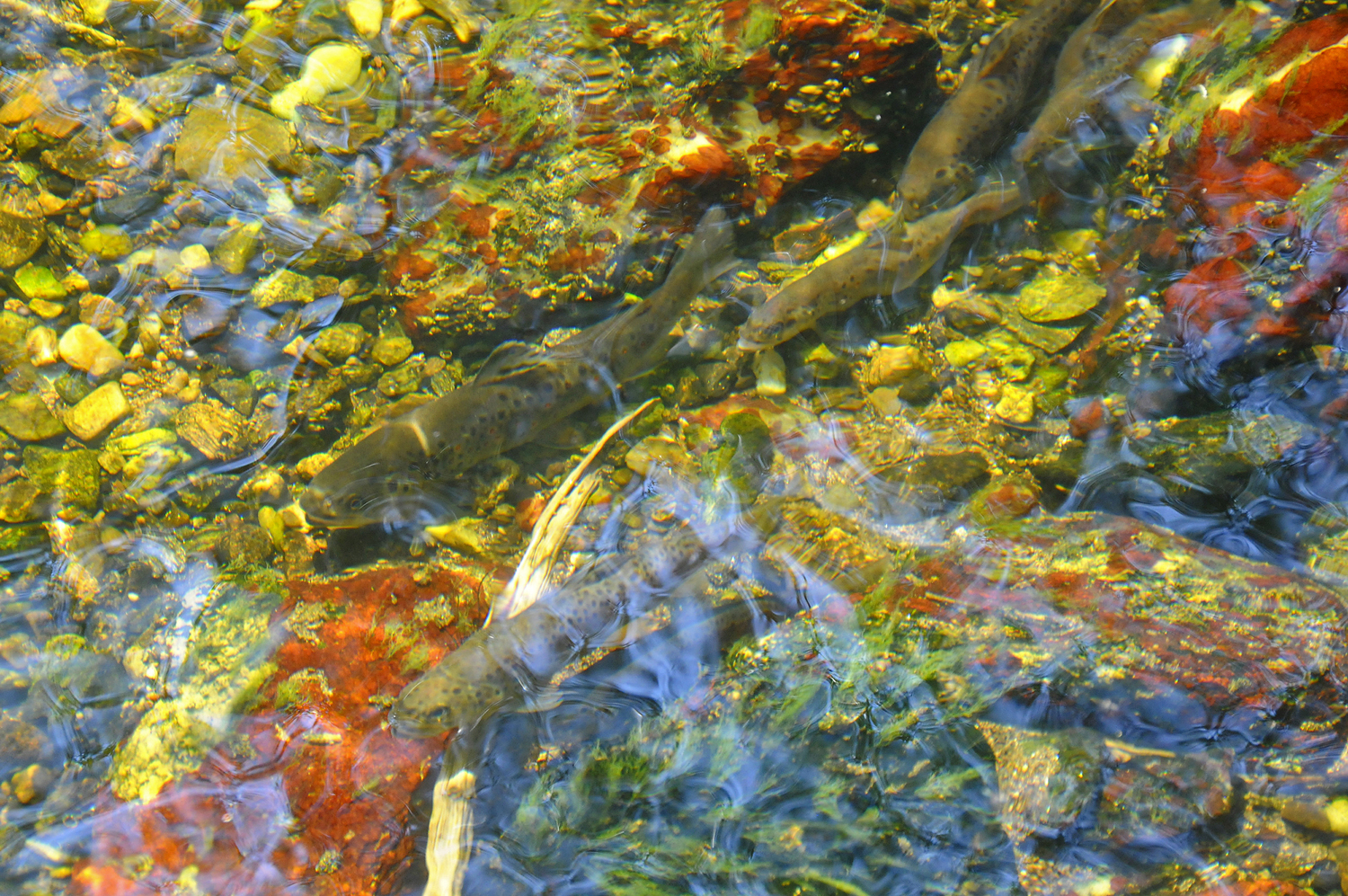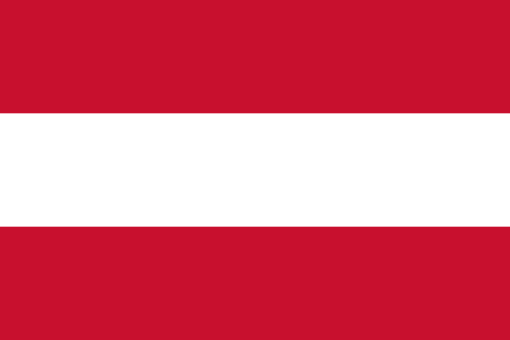Waterway ecology
At first glance, the Thaya appears completely untouched with its strongly winding meanders that have carved themselves so strikingly into the landscape. However, the construction of the Czech hydroelectric power plants at Vranov in 1934 and Znojmo in 1966, long before the creation of the national park, changed the river considerably.
Since then, there have been sizeable water level fluctuations every day. A surge of water is released at different times, increasing the flow to as much as 15 to 30 cubic metres per second. In between, it drops again to three cubic metres per second, and the shore areas are left dry. The released water is also four-degree-cold deep water. This has transformed the once much warmer barbel region into a trout-grayling region, with brown trout as the new dominant species. In general, the whole river dynamic suffers. Due to the damming, no more coarse gravel is transported from above the power plant. Instead, fine sediments are deposited, creating muddy zones. Brown trout and other fish that deposit their spawn in gravelly, gritty places find it increasingly difficult to find suitable spawning and holding sites for the juvenile fish.
Since then, there have been sizeable water level fluctuations every day. A surge of water is released at different times, increasing the flow to as much as 15 to 30 cubic metres per second. In between, it drops again to three cubic metres per second, and the shore areas are left dry. The released water is also four-degree-cold deep water. This has transformed the once much warmer barbel region into a trout-grayling region, with brown trout as the new dominant species. In general, the whole river dynamic suffers. Due to the damming, no more coarse gravel is transported from above the power plant. Instead, fine sediments are deposited, creating muddy zones. Brown trout and other fish that deposit their spawn in gravelly, gritty places find it increasingly difficult to find suitable spawning and holding sites for the juvenile fish.



